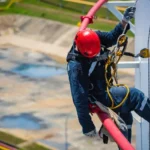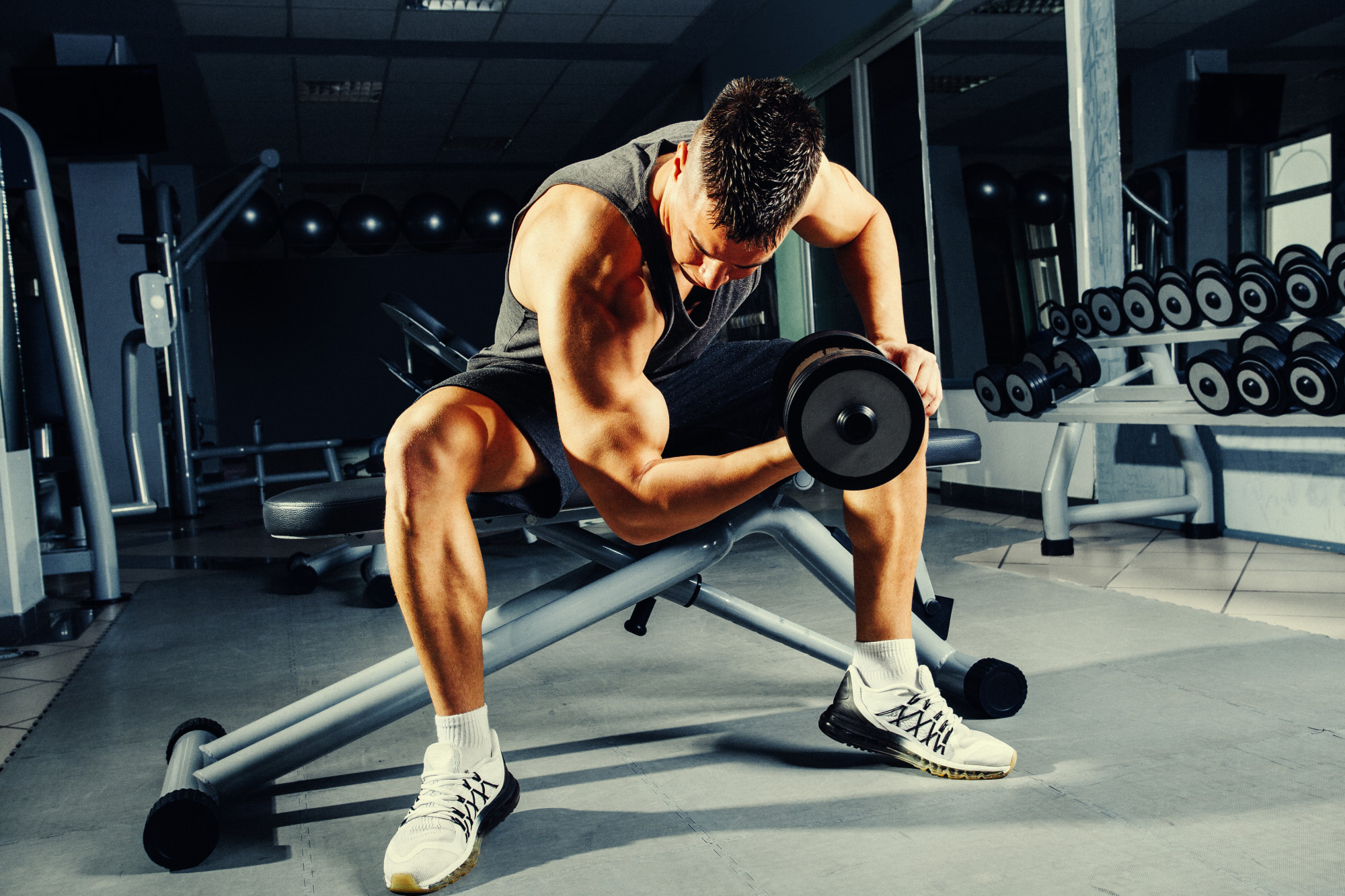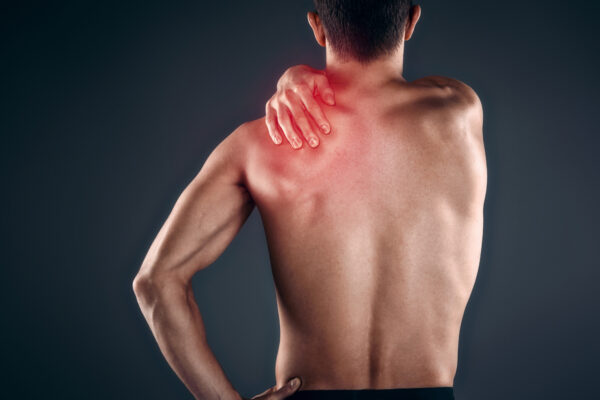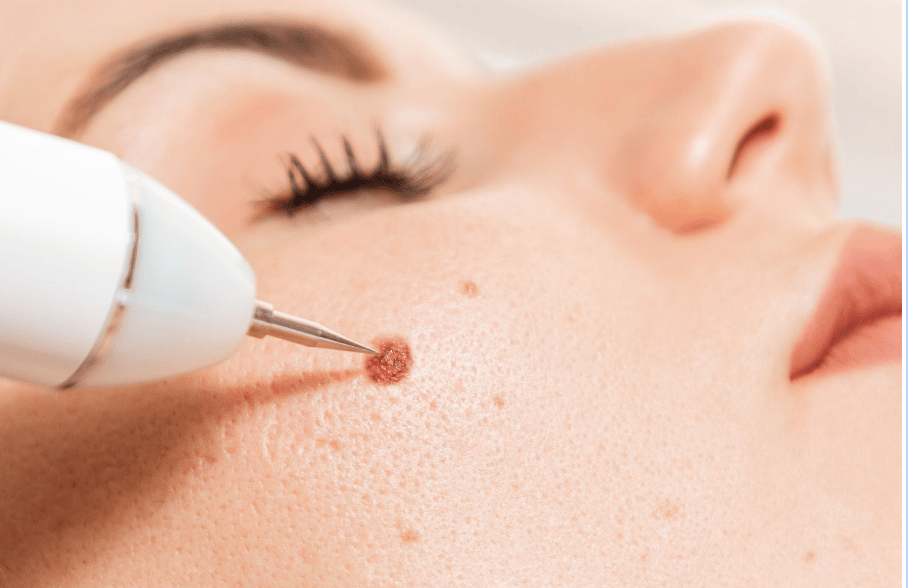Sure, it is possible to work hard and get your desired physique. Yet, elite bodybuilders’ physiques are not simply the consequence of consuming massive amounts of calories. As well as spending hours in the gym training until they drop.
Those bulging muscles need assistance beyond any man’s natural abilities. This is where performance-enhancing drugs (PEDs) such as anabolic-androgenic steroids (AAS) come into play. But, as with anything that changes up your hormone standards, you’ll want to end the cycle with the right protocol. That’s where the post cycle therapy guide comes into play.
Keep on reading for our full breakdown of everything you need to know about post cycle therapy.
What Is Post Cycle Therapy?
After finishing a cycle of performance-enhancing medications such as anabolic steroids and prohormones, post-cycle treatment (PCT) is initiated.
Anabolic steroids and prohormones provide a number of advantages. The most notable of which is enhanced muscle development and faster recovery.
However, most users are unaware that they significantly disrupt your hormones. PEDs begin to decrease your body’s testosterone levels as soon as you start taking them.
This is because these PEDs provide testosterone to your body, which causes your own hormone production to be cut down. Once you’ve completed your cycle, your body will no longer get hormones from PEDs.
That’s when your own production, with the help of a PCT, must take over again.
In only a few weeks, effective post-cycle treatment will assist your body in re-establish testosterone production. Additionally, it will prevent any negative side effects from occurring.
It’s best if your hormones return to normal as soon as possible. It’s crucial since you’ll be able to maintain the gains you’ve achieved while using PEDs.
Post Cycle Therapy Guide 101: The Timeline
We suggest beginning a PCT regimen after finishing your cycle. If you’re using any medications that inhibit your natural testosterone production. You may start using SARMs (selective androgen receptor modulators) and prohormones as soon as you stop taking them.
If you’re using steroids, wait a week before starting PCT. To design a treatment plan and monitor your progress, you should seek the advice of a competent doctor.
We are here to provide you with the most impartial counsel and the finest medical assistance. Regardless of whether you are a natural, aided or long-term AAS user.
The PCT Process
The medicines you’ll need to complete the post-cycle treatment regimen may vary. It’s based on your specific situation. For certain instances, over-the-counter medications such as estrogen blockers and testosterone boosters are available.
Although they are usually ineffective for steroid users. We are unable to provide suggestions at this time. However, the following medicines are often used in post-cycle treatment and need a prescription:
- Tamoxifen: known as Nolvadex
- Clomiphene: known as Clomid
Clomid and Nolvadex are SERMs, otherwise known as selective estrogen receptor modulators.
How SERMs Work
Those control post-cycle estrogen production and prevent its harmful effects on the body. They are not to be confused with SARMs. When anabolic steroids are stopped, estrogen levels may rise, causing hormonal havoc, necessitating the usage of regulating medicines.
You can read more now about other options if you’re looking for additional treatments.
Clomid affects the hypothalamus and pituitary glands’ estrogen receptors. This aids in the production of luteinizing hormones (LH). And, follicle-stimulating hormones (FSH), both of which are essential for conception. For healthy sperm production, a proper hormone balance is required.
Nolvadex promotes very high levels of LH production. At the same time, preventing potentially hazardous estrogen spikes.
If estrogen levels abruptly increase and are not treated. Then, you’ll face strokes, prostate disease, and cardiac problems that may develop. Nolvadex is the best drug for lowering estrogen levels. And, restoring endogenous testosterone to a healthy, stable level.
Supplements like phosphatidylserine and acetyl-l-carnitine may also help decrease cortisol levels. High amounts of this stress hormone after a cycle may cause catabolism.
Anabolic means “to build up,” as in new tissues, complex chemicals, and muscular mass. Catabolic is the polar opposite of anabolic. It breaks down components essential to human health. Such as bodily tissues and complex body chemicals.
Metabolism is made up of the two. Improper post-cycle catabolism may result in significant fat and muscle mass loss, wiping out all of your hard work. Catabolism, on the other hand, if left unchecked, may lead to a variety of health problems.
It should now be obvious that post cycle treatment is not only a good notion for restoring endogenous testosterone to its normal peak levels. But, it is also an important component of post cycle recovery. It is hazardous and not advised to have a validated PCT after quitting anabolic steroid usage.
Training During PCT: Yes or No?
Overtraining should be avoided during this period. Since the body needs time to re-calibrate and return to its pre-synthetic hormone state. While it’s reasonable to desire to maintain your steroid-induced muscle mass, PCT should involve a small shift in your workout regimen.
You shouldn’t totally stop working out. But, you should reduce the number of repetitions you do, avoid adding additional weight to your regular exercises and avoid hard training.
However, the effort should be high enough to maintain muscular mass. During PCT, your training should calm down to find its level as your body recovers. It’s all about striking the perfect balance between too little and too much.
Post Cycle Therapy Supplements: Unlocked
It can be overwhelming to start your post cycle therapy without knowing the details of the timelines of when to start and when to end.
We hope that our breakdown has shed some light on everything you need to know in this post cycle therapy guide. And, if you’re still hungry for more information, we’ve got you covered.
Check out our lifestyle and fitness sections for all the additional tips and tricks you could possibly need.











